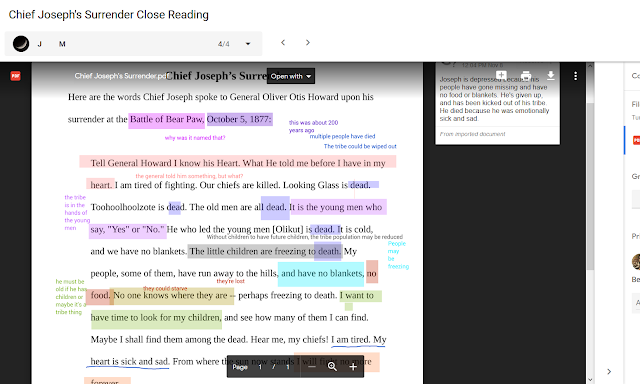"Paul Revere's Ride," an essay
Prompt: In "Paul Revere's Ride," Henry Wadsworth Longfellow uses Imagery extensively. Name specific examples of Imagery from the poem, and explain their meanings and effects on the reader. Support your answer with details and examples from the text.
Most people have heard of Paul Revere, the New England silversmith famous for his midnight ride, but have you ever read Henry Wadsworth Longfellow's versification of that heroic run? In “Paul Revere's Ride,” the poet uses imagery – the painting of pictures in the reader's mind using only words – to bring the danger, sorrow, and desperation of that night's drama – and his hope for the nation being born that night – to life. What do these images mean, and how is Longfellow using them to affect his readers?
The first symbolic use of imagery in the poem (v. 3) involves the Somerset, a British man-of-war. This “hulk” (a prison ship) sits in Boston Harbor; its masts and spars form across the moon what look like prison bars. Its reflection in the water makes this “phantom ship” appear even more imposing. Why does Longfellow describe the ship this way? He could have just said, “There's a really big boat, and it's scary,” but that's not what he wanted to accomplish; Longfellow wants us, so far removed from the events of that night, to understand the danger facing the country. The British want to make America a prison. Longfellow wants us to feel their noose tightening around our Colonial neck.
As Revere waits impatiently for the warning signal from his friend in the belfry tower of the Old North Church (v.7), he sees the holy place rising “above the graves on the hill, lonely and spectral and sombre and still.” Longfellow helps us feel the dread of the moment, and he helps us feel the tension Revere feels as he waits for the signal lights.
As Revere begins his journey (v.8), his horse “[flies] fearless and fleet,” striking out sparks along the road. In Longfellow's hands, these sparks “kindled the land into flame with its heat.” The author is not saying that Paul Revere was an eighteenth-century pyromaniac; he's describing how Revere's call to arms spread throughout the countryside.
One of the most horrifying images in the poem is found as Revere rides through Lexington and passes a meeting house (v. 10). What was only a building in the dark, Longfellow turns into a fellow spectator fully aware of the tragedy to come. Its windows “black and bare” look at Revere with “a spectral glare”; it's “eyes” are full of horror at “the bloody work they would look upon.”
As Revere reaches Concord (v. 11), Longfellow helps us feel the tragedy, sacrifice, and loss endured by our forefathers. After describing the tranquil scene at the bridge (where the “shot heard 'round the world” would be fired later that day) – a flock of sheep bleating, birds twittering, and the “breath” of the morning breeze blowing gently over the meadow – Longfellow rips out the rug from under us, and puts us in the place of a man “safe and asleep in his bed who would be first to fall, who that day would be lying dead, pierced by a British musket ball.” For perhaps the first time, we see personally the cost paid by those brave men.
Longfellow then vividly describes the courage of these “farmers” who fought against and defeated British tyranny (v. 12). Against the most powerful military on Earth, everyday men gave the British regulars “ball for ball,” chased them “down the lane,” and paused “only to fire and load.”
The battle won, Longfellow describes “the night-wind of the Past” carrying Paul Revere's “word that shall echo forevermore.” What does he mean, and what is that word? The poet expresses his hope that the love of freedom that animated a nation of farmers would live always in the hearts of Americans so that, “In the hour of darkness and peril and need, the people will waken and listen to hear the hurrying hoof-beats of that steed, and the midnight message of Paul Revere,” that message of freedom.
“Paul Revere's Ride” is full of examples of Henry Wadsworth Longfellow's expert use of Imagery. From a ghost ship to a haunted church, from a wildfire to a horrified meeting-house, from sweet slumber and the courage of farmers to the “night-wind” of history, Longfellow's words put us on the road with Revere that night. And his call is as needed today as ever. This is an hour of darkness and peril and need. Let us waken and listen to hear the midnight message of Paul Revere!


